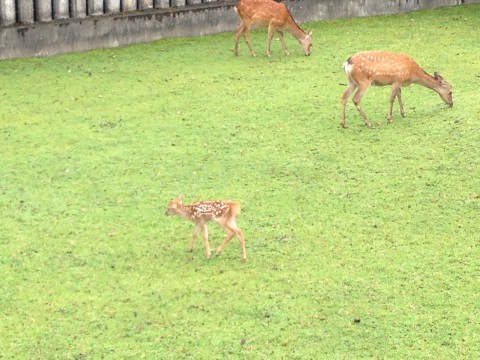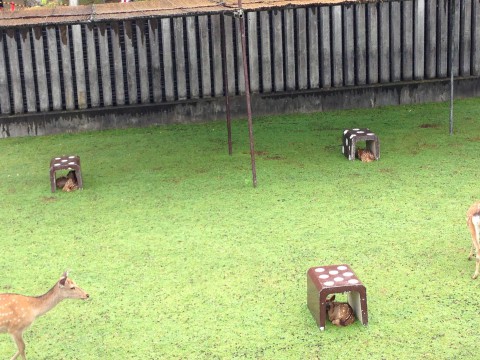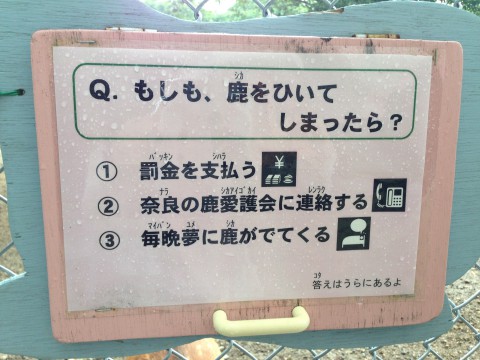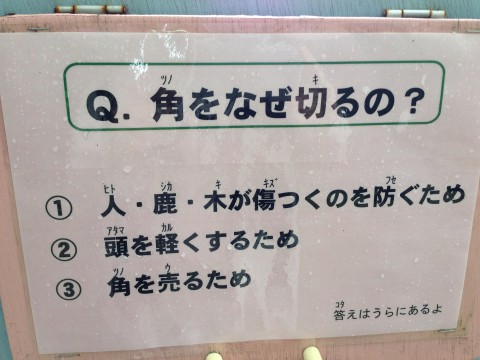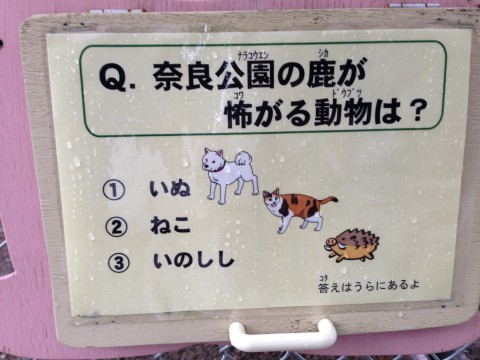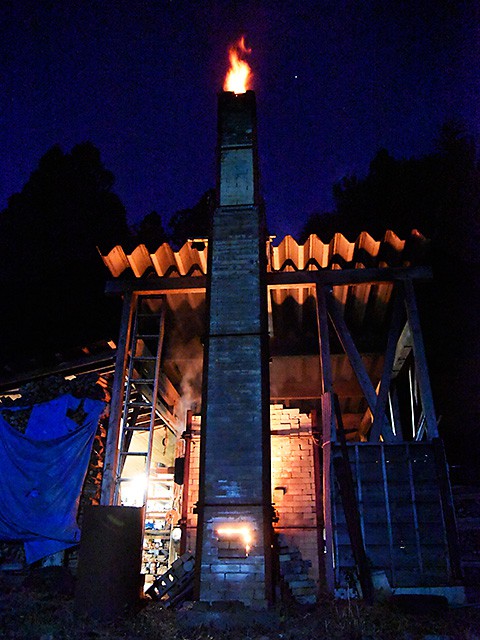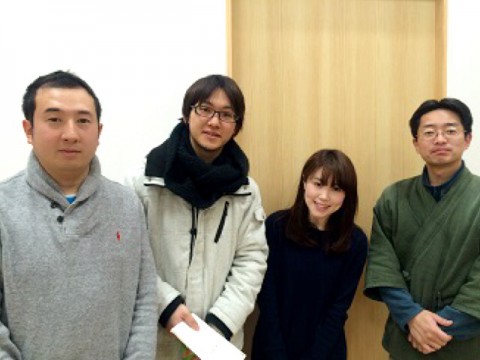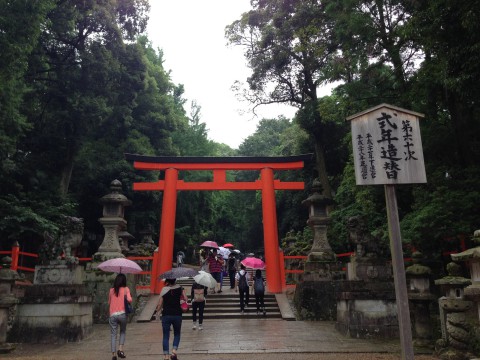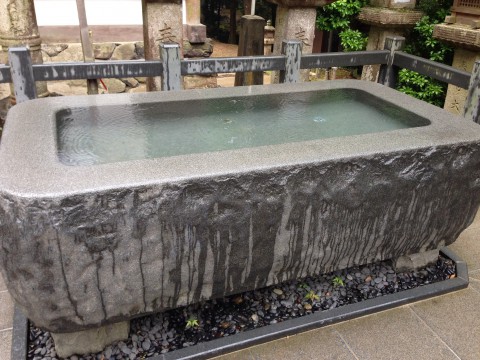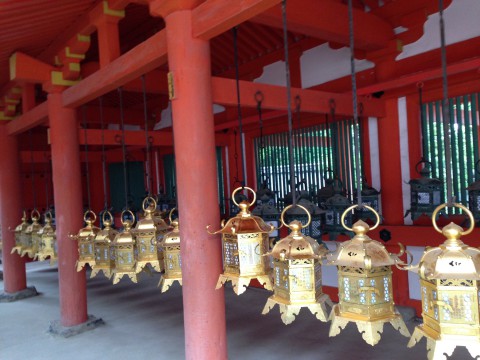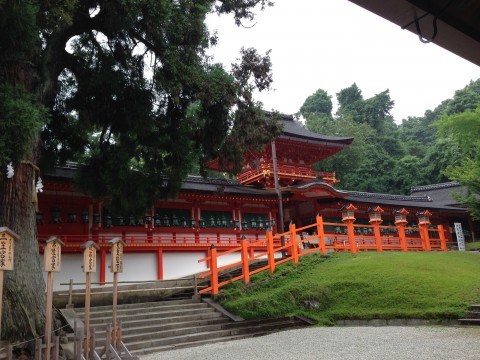Sake of Fukui / Part-10 / Arigato Project at Kokuryu / Great Enthusiasm
2016.07.14
As I have been introducing in our blogs, “Arigato Project” (Arigato means thank you in Japanese), what did you think about it?
Did you become more interested in Japanese Sake?
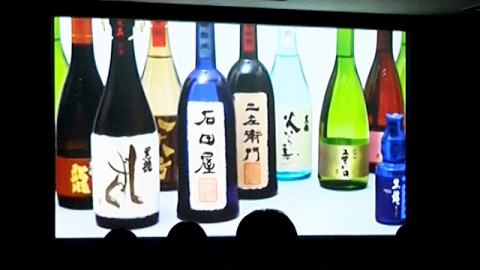
I had such a precious experience by participating in “Arigato Project”.
I came to like Kokuryu brewery and Japanese Sake more and I want to tell people around me “Arigato” (thank you) more.
The most importantly, I got to know the purpose of this project.
Participants who are age of 20 to 30, they take one year to make Sake. They experience planting and harvesting rice. Not just buying one from a store, taking one year to make the Sake makes it special. The participants give the Sake with special thanks to their family members, friends and/or anyone whom they want to show appreciation to.

It feels awkward and/or uncomfortable for some young people to say “Arigato” (thank you) so with the sake which they make, they show their appreciation to their important ones.

Throughout the year, they make sake, learn about Japanese sake, and they also learn the importance of the bond with others and the charm of Fukui.


The purpose of this project made me realized a very simple but very important for anyone to do that is to show appreciation from the heart.
The people who support this project are authorized dealer of Kokuryu, “Yushino Kai” as main members cooperated with Juridical Agricultural Union and Kokuryu brewery.
With the earnest wish for young people to know the “good Sake” and also for them tell their friends and family members “Arigato” which can sometimes difficult to say, this project has been activated.


The people who support this project are very serious and passionate, so the participants became enthusiastic as well.


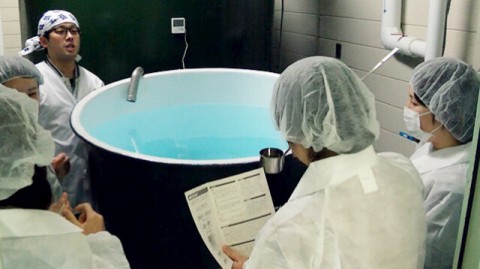
After finishing all of the activities for the day, I saw smiles from all of the participants which made me sure that all of them were grateful being parts of “Arigato project”.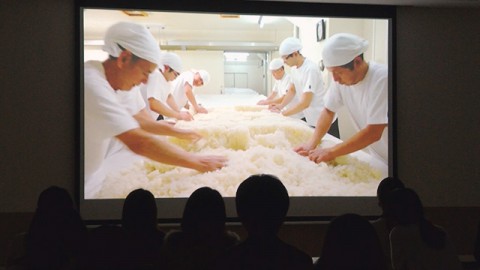

Therefore, I came to like Kokuryu brewery and Japanese Sake more.
I would like to appreciate Sake more, spread Japanese Sake to more people and tell friends and family members “Arigato”.
Do you like Japanese Sake?
Are you interested in making Sake?
Have you ever had Sake of Kokuryu?
How about having Sake tonight at your dinner?
Stay tuned for our videos of the project, “Arigato Project” (Arigato means thank you in Japanese) which has been established since May of 2013 by authorized dealer of Kokuryu, “Yushino Kai” as main members cooperated with Juridical Agricultural Union and Kokuryu brewery.
*Registration of 2016 has been ended. Please apply next year if you would like to become a part of “Arigato Project”!
For more information about Kokuryu
Kokuryu Sake Brewing Corporation Official Site
Please enjoy our previous blog
Sake of Fukui / Part-1 / One of the Greatest Sake Breweries, “Kokuryu”
Part-3 / Arigato Project / Passing on Japanese Sake to the Next Generation
Part-4 / Arigato Project / Learning about Sake
Part-5 / Arigato Project at Kokuryu / Brewery Tour
Part-6 / Passion for Japanese Sake at Kokuryu
Part-7 / Arigato Project at Kokuryu / Young Residents of Fukui
Part-8 / Arigato Project at Kokuryu / Overwhelming Moment
Part-9 / Arigato Project at Kokuryu / Overwhelming Moment
T.F


